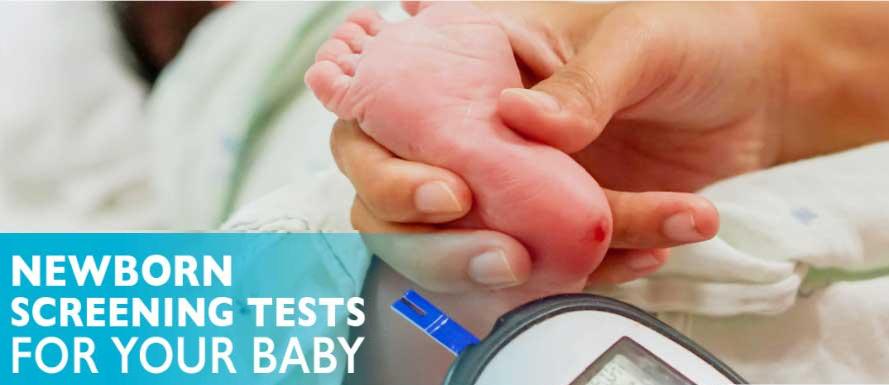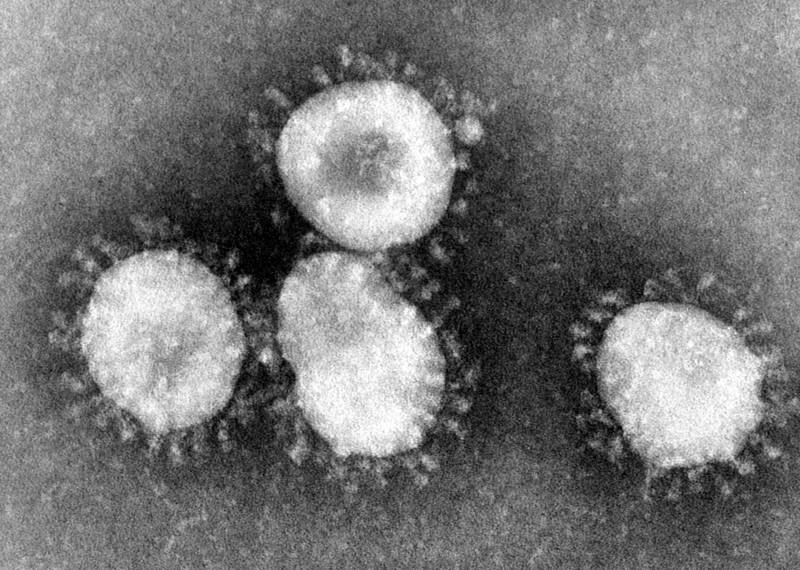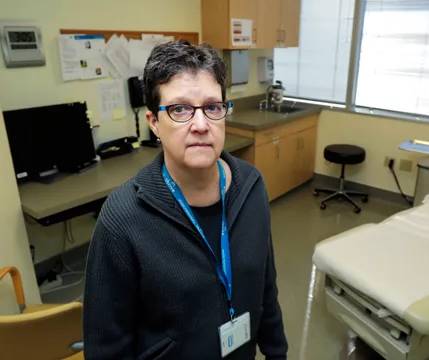Liver Cancer Rapidly Increasing In California Hispanic Men
Thirty-year-old Pedro Espinosa’s chances of developing liver cancer just skyrocketed. Born in the United States and of Hispanic descent, Pedro falls into a category of men in California whose liver cancer rates have nearly doubled over the past two decades, according to a recent study.
Scientists at the Cancer Prevention Institute of California (CPIC) have found that rates of liver cancer in US-born Hispanic men in California have increased by 87%, according to a recent 16-year span of statewide cancer registry data. These men are at a significantly higher risk of liver cancer than California Hispanic men born outside of the United States. Liver cancer risk is also higher among both Hispanic males and females in more ethnically isolated and lower income areas of the state.
The results of this study, which is the first to examine liver cancer rates by neighborhood acculturation level and socioeconomic status, were recently published in the journal Cancer Epidemiology, Biomarkers and Prevention.
According to the scientists, the rising rates of risk factors for liver cancer, such as obesity and chronic hepatitis C infection, may explain the significant increase in liver cancer rates among US-born Hispanic men in California. In addition, higher levels of these risk factors, as well as heavy alcohol consumption among US-born Hispanic men as compared to their foreign-born counterparts, may explain the significant difference in rates between the two groups.
“California Health Interview Survey data show that levels of obesity and alcohol abuse are higher in US-born than foreign-born Hispanic men. The next steps are to find out what other liver cancer risk factors differ by birthplace, and then develop ways to target those factors especially in US-born Hispanic men to lower their risk of liver cancer,” said CPIC Research Scientist Ellen Chang, Sc.D., who led the study. “Such efforts would likely include treatment for alcohol abuse; lifestyle changes to prevent or manage diabetes and obesity, such as getting regular exercise and improving diet; and actions to prevent, detect and treat hepatitis C.”
The study clearly suggests the need for such measures to be culturally and linguistically tailored to reach Hispanics of lower socioeconomic status and those living in more ethnically concentrated neighborhoods. “We hear messages to improve our diet and exercise all the time, but I’m not sure that these messages are always reaching the populations at highest risk,” Dr. Chang said.
She and her co-authors studied data from the California Cancer Registry on incidence rates by place of birth among 5,400 Hispanics and 5,809 Asians diagnosed with liver cancer from 1988 to 2004. They also analyzed neighborhood ethnic enclave status and socioeconomic status using 2000 US Census data for cases diagnosed from 1998 to 2002.
The National Cancer Institute’s Surveillance, Epidemiology, and End Results (SEER) program funded the study.
Source: Cancer Prevention Institute of California









Post Comment
You must be logged in to post a comment.